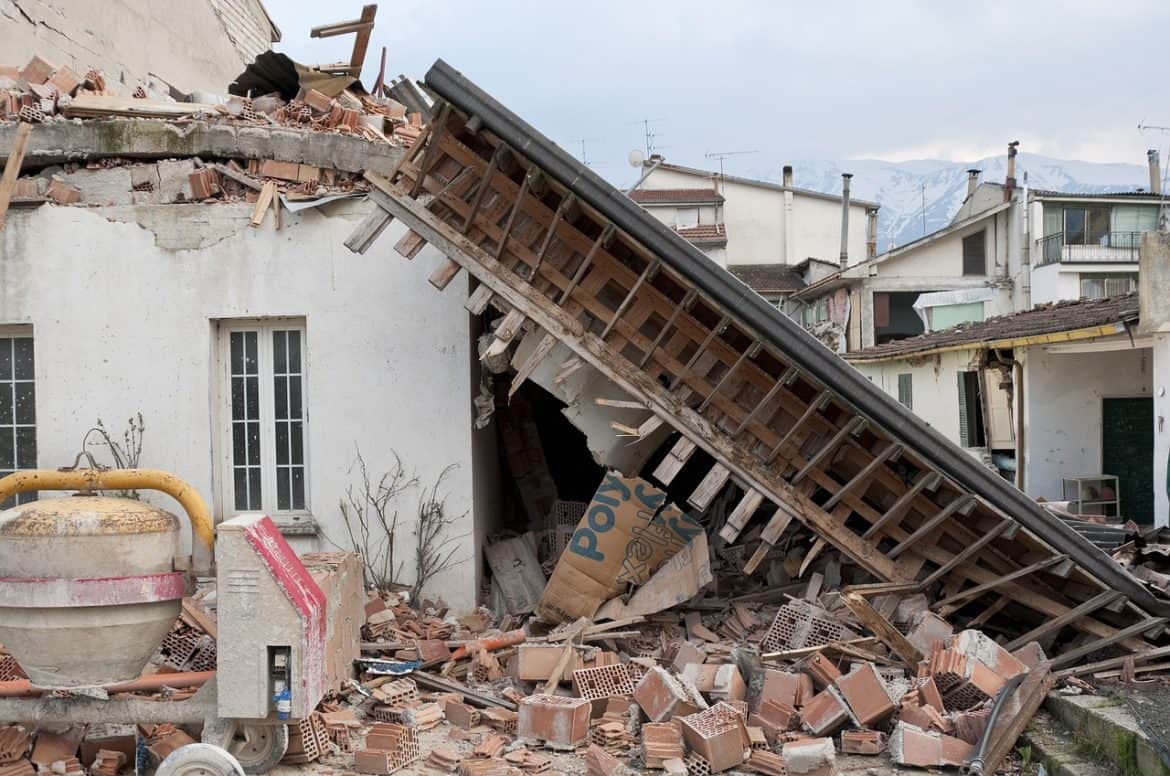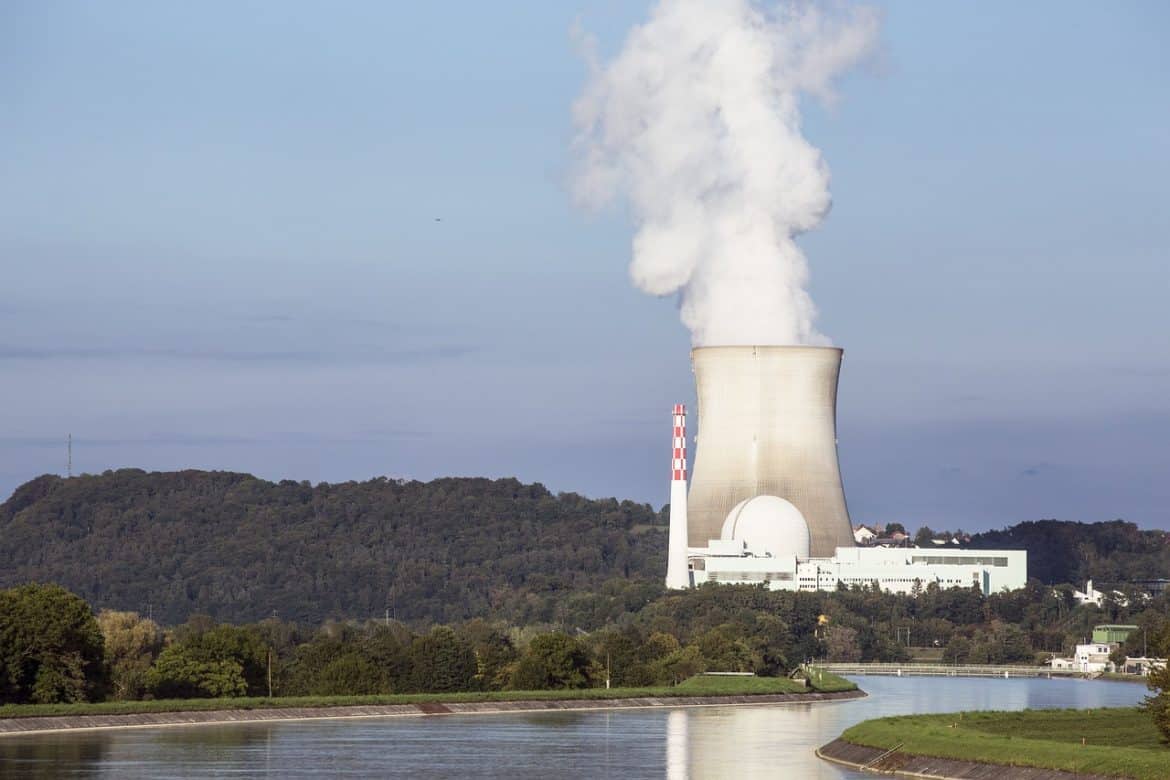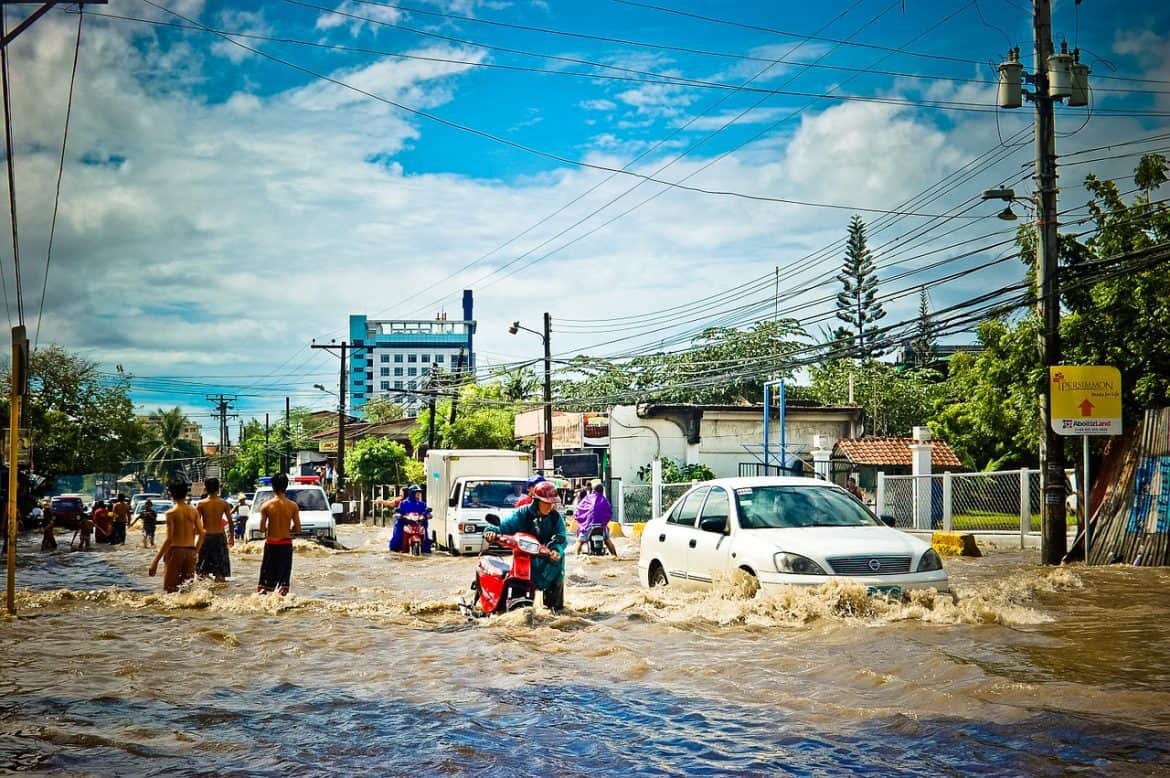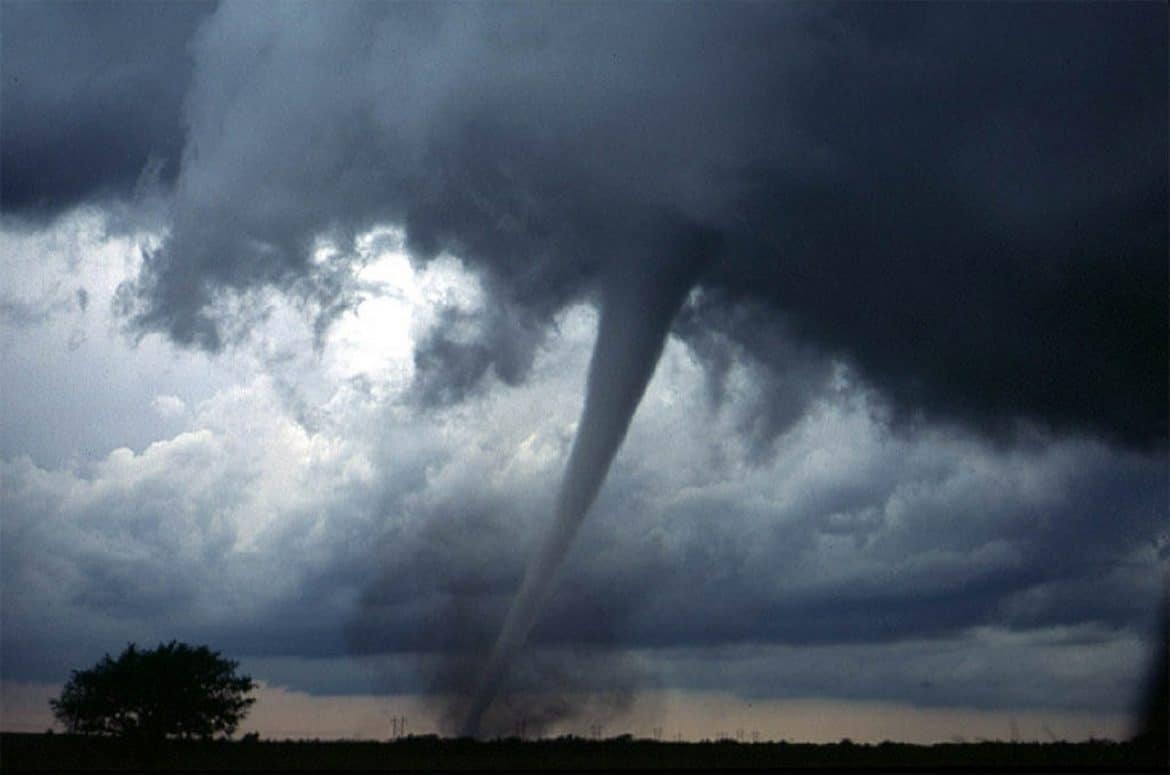Like having a disaster plan, having an emergency kit is as crucial as it is a function of common sense. How long does it take to throw together a couple of dozen items – versus grabbing a bag from a planned spot? Basic staple #1, food: at least a three-day supply of water (i.e., a […]
Category: Information
Earthquake
As an emergency manger for a New Madrid Seismic Zone State, as well as someone that grew up near the fault line, I take the threat of earthquake pretty seriously. What bothers me most about earthquakes is the lack of warning coupled with the possible destruction. Short of moving, there really isn’t anything you can […]
Nuclear Power Plant Safety
I have to say, as someone that spent 4 years working as a emergency management planner assigned to our Nuclear Power Plant Safety program, and dedicated to training first responders in how to remain safe during a power plant response, I have little tolerance for the fear-mongering and nonsense that some people in the preparedness community […]
Floods
Take Floods seriously – floods kill more people each year than any other natural phenomenon including tornadoes. Ask your local emergency management office if you live in a flood-prone area. Learn the area’s flooding history, flood warning signs and alert signals. Get a copy of the community flood evacuation plan. Have a fully-supplied emergency kit on […]
Tornadoes and Other Windstorms
Tornadoes are Mother Nature’s most feared events because they are her most destructive force. Don’t wait for a warning! The more ready for emergency your home/business is, the safer you are; second, any thunderstorm can produce tornadoes. Tornado WATCH: Conditions are right for tornadoes to form in the listed area. Pay close attention to the […]





